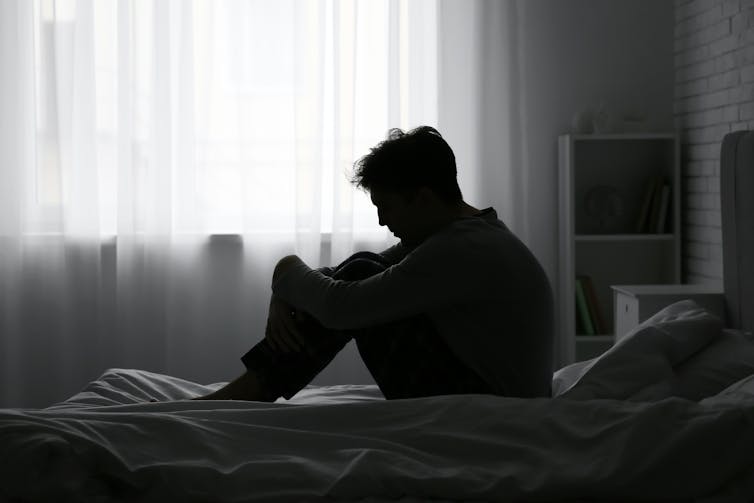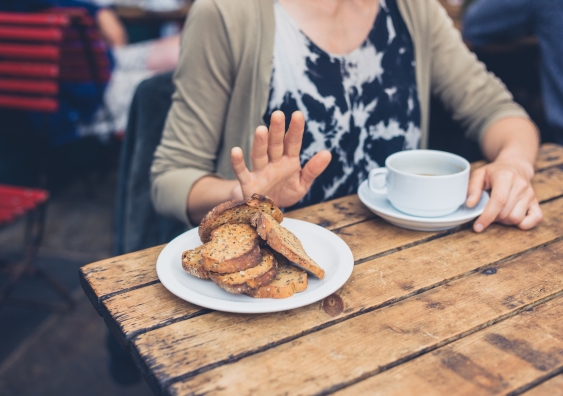Gamma hydroxybutyrate ã better known as GHB ã is an increasingly popular illegal drug being used recreationally in Australia.
While it can create feelings of euphoria, disinhibition and increased libido, GHB carries serious risks. The difference between a recreational dose and an overdose of GHB ã usually taken as a liquid ã can be .
What is GHB?
GHB (also sometimes called ãGã, ãjuiceã, ãGinaã or ãfantasyã) has gained attention due to associated harms. It is generally a colourless and odourless taste bitter or salty.
When taken at higher doses, GHB acts as a , slowing down breathing and heart rate.
At low doses (about 1ml), it can such as euphoria, increased libido and lowered inhibitions. For this reason, GHB is often used as a party drug (for example, in night clubs) and to .
Other called gamma butyrolactone (GBL) and 1,4-butanediol (1,4-BD) are often sold or used as , producing broadly similar effects.
How widely is it used?
Only report having used GHB in the past year. This is low compared to other drugs such as cannabis (11.5%) or cocaine (4.5%).
However, among certain groups GHB use is much higher.
In 2024, 12% of people who regularly take ecstasy and other illicit stimulants (such as methamphetamine) said theyãd also used GHB in the previous six months. Among those who regularly inject drugs, it was 15%. This data is collected annually and shows GHB use has increased among these groups over the past five years.
Surveys of gay and bisexual men also indicate higher use: say they have taken GHB at least once in their life.
Risks of a ãG-dropã or ãblow-outã
GHB carries a high risk for overdose. This is because there is a in a dose that produces euphoric or relaxing effects and one that causes a loss of consciousness.
A is often called a ãG-dropã or ãblow-outã. People who overdose may experience unconsciousness and muscle twitching, seizures and respiratory depression ã when a person stops breathing.
Unfortunately, unlike overdoses caused by opioids ã which may be reversed by ã there is no drug that can reverse the effects of GHB.
Witnessing a GHB overdose can be very distressing. You should and meanwhile keep the personãs their breathing.
Dependence and other harms
Harms related to GHB have been escalating over the past ten years. Notably, GHB-related , and have increased. For example, in Victoria, increased 147% between 2012 and 2019.
People who use GHB at least once a day can . If someone is using GHB daily, it is always recommended they before stopping. Suddenly stopping can cause severe and even life-threatening .
Sex and consent
Because GHB decreases inhibitions and enhances libido, some people also choose to combine it with sex.
In , weãve found those who do this often use a range of strategies to care for themselves and their partners. For example, they may communicate about their sexual interests, boundaries and limits beforehand, and communicate consent both verbally and non-verbally.
Several high-profile cases and in have also drawn attention to the use of GHB in and drug-facilitated sexual assault.
These instances are deeply concerning. However, show other drugs ã such as and ã are more commonly used in drug-facilitated sexual assault.
Detecting GHB in cases of sexual assault and the true is unknown, meaning we donãt have consistent data on how often GHB is used in sexual assault.
If people who voluntarily use GHB for sex experience distressing sexual situations, they may resist labelling these as sexual violence. This can mean, despite their anguish, they may not seek support from .
suggests people who use GHB may be more willing to seek help when services use different language to offer support ã focusing on ãconfusionã or ãconcernã about sexual encounters, rather than sexual violence.

Strategies to reduce harm
also shows knowledge about GHB and harm reduction can make a difference. We interviewed 31 people whoãd used GHB three or more times in the previous year.
They reported a range of strategies to keep themselves, their friends and sexual partners safe when using GHB. These include:
measuring every dose carefully
always starting with a low dose
spacing out doses over time
avoiding mixing GHB with other central nervous system depressants, such as alcohol
communicating openly about consent, sexual interests and boundaries when combining GHB with sex.
Shifting patterns
We still donãt know exactly why there is an increase in GHB use in Australia.
Possible factors its low price and .
New groups using GHB, including people who inject drugs and , may also contribute to the increase in harms such as hospitalisations. They may be less familiar with safer ways to use the drug. We need more research to understand why and how these new groups are using it.
There is also a lot we still need to learn about GHBãs long-term impacts on health and wellbeing.
Australian guidelines have been published on the .
However, there are few guidelines for clinicians and service providers about how best to work alongside people seeking to reduce their GHB use. We need more research to understand the experiences of people who use services aiming to reduce their use of GHB or withdraw.
Advice about drug use and treatment is available for free at .
You can report unexpected overdoses to the Poisons Information Centre from anywhere in Australia on 131 126. In an emergency, call 000.
The National Sexual Assault, Family and Domestic Violence Counselling Line ã 1800 RESPECT (1800 737 732) ã is available 24 hours a day, seven days a week for any Australian who has experienced, or is at risk of, family and domestic violence and/or sexual assault.![]()
, Postdoctoral Research Fellow, National Centre for Clinical Research on Emerging Drugs, and , Senior Lecturer, National Centre for Clinical Research on Emerging Drugs,
This article is republished from under a Creative Commons license. Read the .









